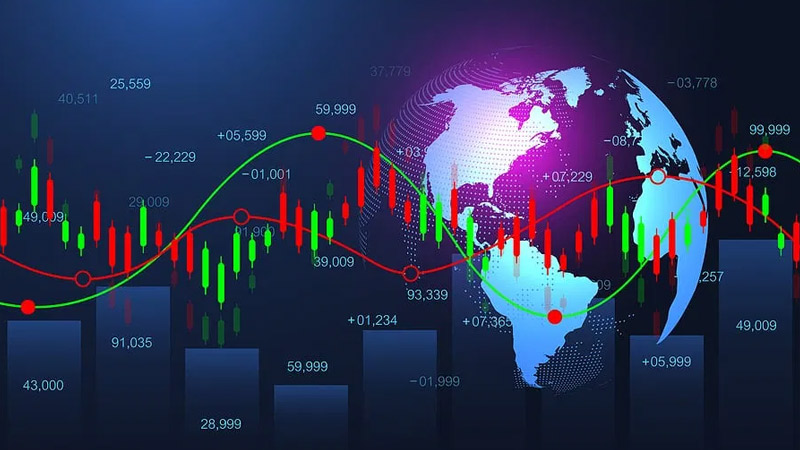A Simple Key For appellate courts let's take it up Unveiled
A Simple Key For appellate courts let's take it up Unveiled
Blog Article
The compounding effect continues, with Every single subsequent month’s returns calculated on the new total. The larger capital base permits more substantial returns, emphasizing the direct correlation between capital and compounding outcomes.
The length of time that a trader holds a trade can have a significant impact over the potential returns from compounding. In general, the longer a trader holds a trade, the more time they have to compound their returns. For example, if a trader starts with an initial investment of $one hundred and earns a ten% return, they would have $110 at the conclusion of the trade. If they then hold the trade for another year and earn another 10% return, they would now have $121 at the conclusion of the second year.
Most experts recommend traders to risk only one% or two% in their account capital in Every single trade to lessen the potential for blowing their accounts in no time. As soon as you have preferred the right percentage to risk in Every single trade, chances are you'll want to keep it constant.
The offers that look in this table are from partnerships from which Investopedia receives compensation. This compensation might impact how and where listings appear. Investopedia does not incorporate all offers available while in the marketplace.
This cookie is installed by Google Analytics. The cookie is used to store information of how people make use of a website and helps in creating an analytics report of how the wbsite is doing.
The compound calculator is often a powerful tool for forex traders, enabling them to estimate the potential growth of their trading accounts. By understanding the basics of compounding and using the calculator effectively, traders can set realistic goals, manage risk, Examine strategies, and plan for long-term success.
The pattern completes when the fifth working day makes another large downward move. It shows that sellers are back in control and that the price could head lower.
After hitting bottom, the stock price rebounds and forms a peak (P) at INR 377.05. This price point will later on act as being the resistance zone that the stock will have to break out.
In order to employ this pattern, you have to wait until finally there is plenty of proof that the stock has turned around and started an uptrend before entering within the right time.
A candle continuation pattern is formed when the market sentiment remains unchanged plus the price increases or decreases inside the previous trend direction. A candle reversal pattern, over the other hand, occurs when a stock’s sentiment reverses from bearish to bullish or vice versa.
This signifies a strong change in sentiment from consumers to sellers. Other bearish patterns contain the Bearish Harami and Bearish Marubozu, which show potential reversal signals after long bullish trends.
An engulfing pattern on the bullish side on the market takes place when customers outpace sellers. This is mirrored inside the chart by a long white real body engulfing a small black real body. With bulls owning established some control, the price could head higher.
Risk management is crucial in compound trading to protect Discover More your capital and minimize losses. Implementing stop-loss orders ensures that you exit a trade if it moves against you beyond a specified threshold.
Always Enabled Needed cookies are Certainly essential with the website to function properly. This classification only features cookies that makes sure basic functionalities and security features of the website. These cookies don't store any personal information.
Origin Url's
https://financialtimes.com